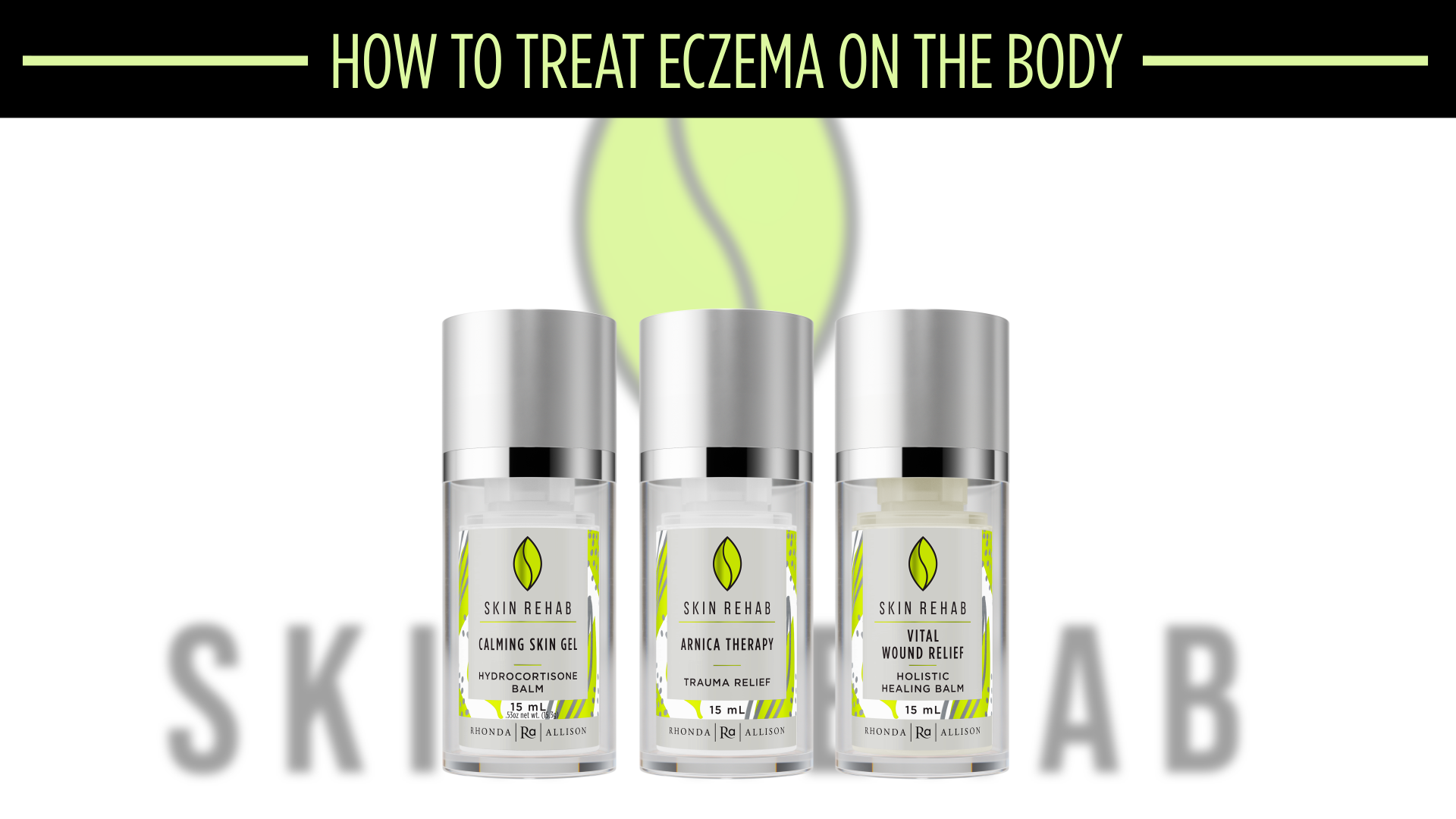
In the last blog post, we opened up the conversation about the skin issues that impact the body – beyond the visual signs of aging. Continuing on that path, this post will cover eczema and how to support the client in treating it.
Eczema (also referred to as atopic dermatitis) impacts more than 30 million Americans. It appears on the skin as a red rash and may occur anywhere on the body. Though it is most common on the elbows, neck, hands, and back of the knees. Generally, the skin will be dry, sensitive, itchy, and in some cases, may crack and become extremely uncomfortable.
One thing to note: eczema and psoriasis are commonly confused as both appear very similarly in the skin –– red, scaly patches on the elbows, knees or scalp. One telltale sign it may be a case of psoriasis, however, is the skin will often feel like it is stinging or burning. Like eczema there is no known cause, so if you are unsure whether it’s a case of eczema or psoriasis, you may want to refer your client to a dermatologist or physician.
As I mentioned, while specific causes of eczema are unknown – some physicians believe it may be inherited or linked to allergic diseases. This may include certain soaps and detergents, extreme temperatures (hot or cold), some foods like diary, eggs and soy, and common allergens like pollen and dust. Stress may also be a trigger.
The goal with skin impacted by eczema or psoriasis is to heal, nourish and hydrate. Look to ingredients with anti-inflammatory properties, as this will help create a healthy environment and allow for skin healing. Some include:
- Linoleic and oleic acids – supportive essential fatty acids that promote healing and provide lipids that are very close to the skin’s own natural lipids. This soothes discomfort and dryness while increasing hydration in the epidermis.
- Arnica montana – a natural botanical, and powerful healer and anti-inflammatory, it soothes chapped skin and eczema and also speeds healing.
- Witch hazel – a rich antioxidant, with astringent, anti-inflammatory and antioxidant properties. It soothes and heals problematic skin conditions and protects cells.
- Hyaluronic acid (L-sodium hyaluronate) – a principle water-regulating molecule, binding up to 6,000 times its weight in water. It plumps, lubricates, hydrates, and prevents trans-epidermal water loss.
For clients with eczema, prevention and education will be essential. Provide clients the tools and knowledge to help them take good care of their skin. For instance, they should avoid hot baths and showers, moisturize daily, particularly after bathing, wear softer, loose fabrics, and use a humidifier in dry or cold weather conditions. For home care, a custom system comprising of omega 3 EFAs, growth factors, and hydrocortisone compounds will be essential for caring for eczema-challenged skin.
Healing ingredients, such as those mentioned above, applied daily will relieve and keep eczema in control. In the treatment room, avoid active correctives. Instead, focus on gentle exfoliation, and nourishing and healing the skin. You will also want to create an environment for deep relaxation to support with stress reduction. It’s also important to note, if this is a full blown case that has spread across the body, you may want to refer your client to their physician or naturopath.
In the next post, we’ll cover how to support clients with acne scarring.
Question: What are some of your favorite body treatments when treating clients with eczema?
